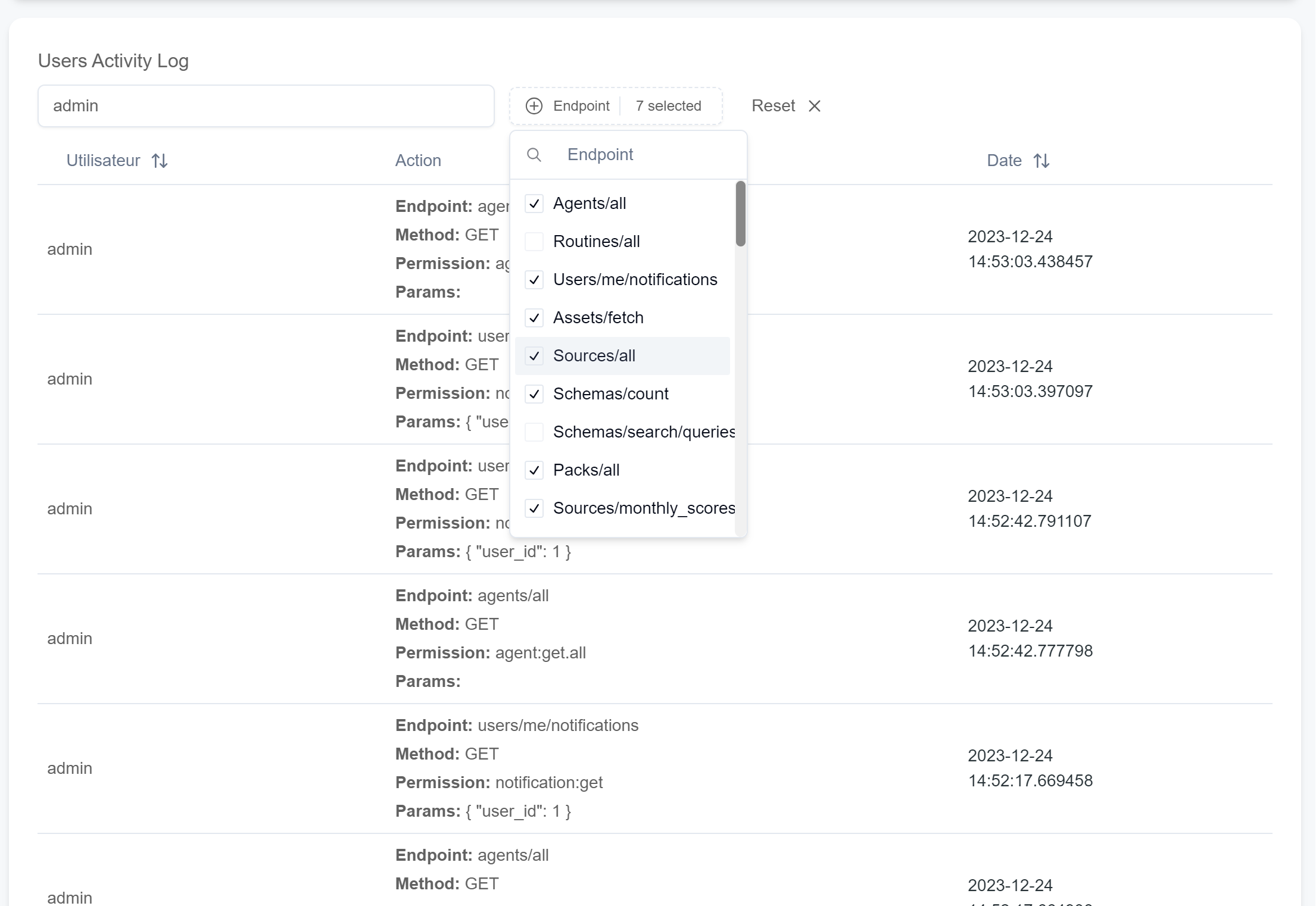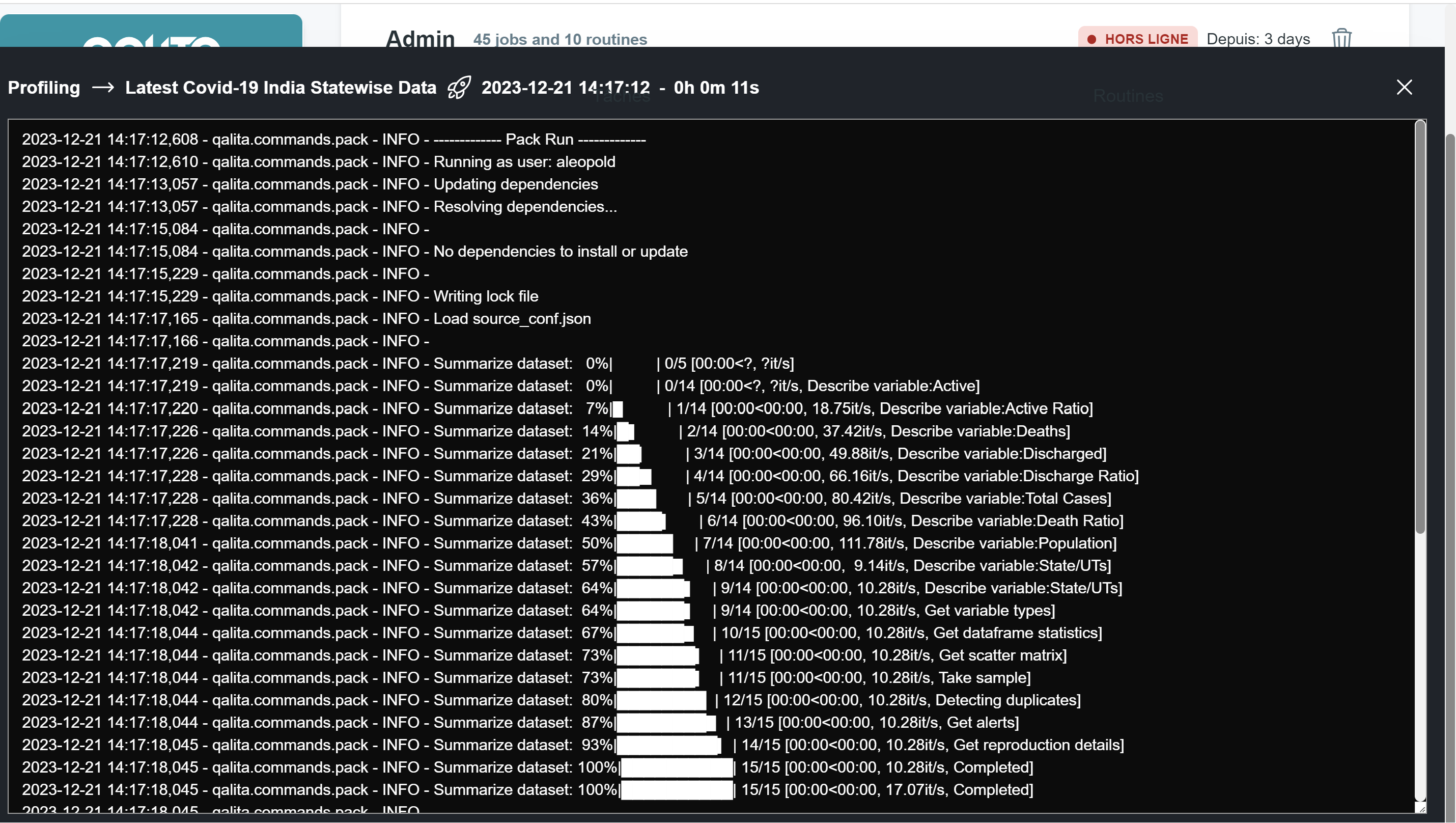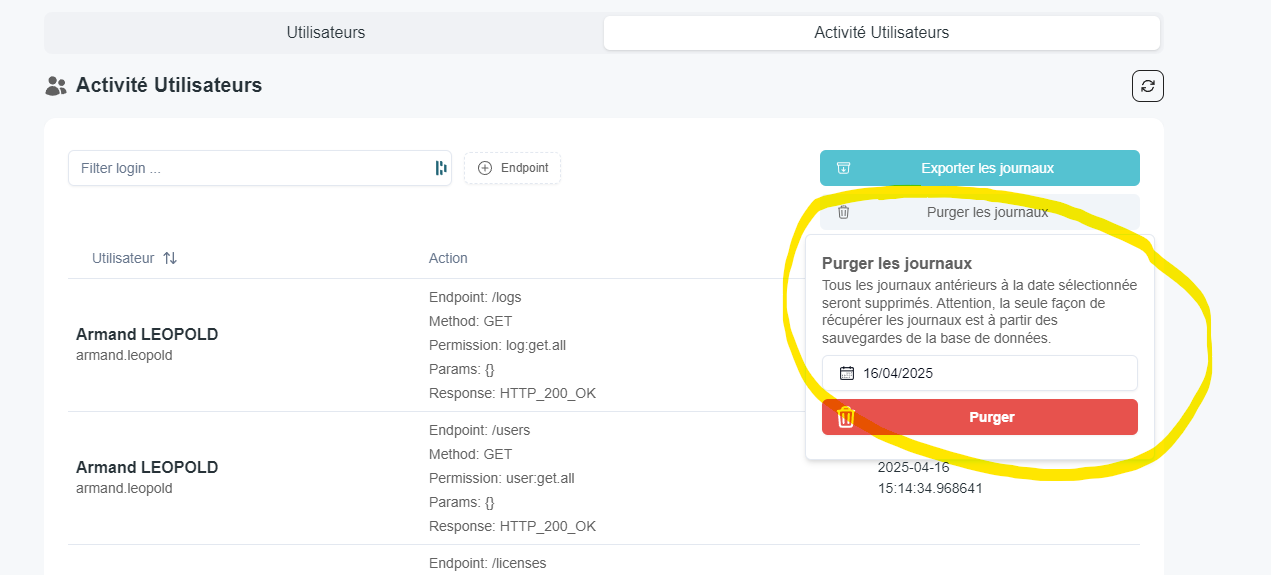Security and Compliance
Security is a critical element in ensuring user trust in the platform.
Data Security
Data Encryption
Encryption of data at rest and in transit depends on the storage service providers for SeaweedFS and PostgreSQL. In the Kubernetes deployment, the QALITA Helm Chart does not include default encryption configuration.
It is the responsibility of the system administrator deploying the platform to configure data encryption at rest and in transit. They may be assisted by a Database Administrator and a Network Engineer.
At Rest
Systems use storage media to read and write data. These systems are called "stateful" because their state is saved on storage media. In most cases, these systems offer methods for encrypting data "at rest," meaning encryption before writing data to storage media and decryption after reading from storage media. This ensures that raw data cannot be exploited by hackers who compromise storage media.
| PostgreSQL | SeaweedFS | Redis |
|---|---|---|
| For PostgreSQL, you need to modify the database engine configuration in the Helm chart to include encryption at rest. Helm PostgreSQL - Database Engine Configuration | SeaweedFS allows blob encryption using a unique key stored in the blob metadata, which is stored in the Filer Store. You can ensure robustness by separating the Filer Store (metadata storage) and Volume Store (raw data storage). File System Storage Configuration | In the QALITA Platform implementation, Redis operates in "stateless" mode as a cache, so no storage media is used, and no specific configuration is required. |
| For further details, you can explore the native encryption options offered by PostgreSQL: PostgreSQL Documentation - Encryption Options |
In Transit
Encryption in transit corresponds to data transfer over the ports of data storage systems. For us, this corresponds to:
- 5432 for
PostgreSQL - 8333 for
SeaweedFS - 6379 for
Redis
The configuration of storage or database systems provides a layer of encryption in transit through their ports.
| PostgreSQL | SeaweedFS | Redis |
|---|---|---|
| Helm PostgreSQL - Encryption in Transit | SeaweedFS - Security Configuration | Helm Redis - Encryption in Transit |
For HTTP servers:
- 3080 for
QALITA Backend - 3000 for
QALITA Frontend - 80 for
QALITA Documentation Server
Port mapping with an ingress domain and its TLS certificate is required.
HTTP Request Encryption

Encryption of requests depends on the configuration of network endpoints and the TLS certificates used.
It is the responsibility of the system administrator to configure network endpoints and provide valid and exclusive certificates to ensure request security.
In the Kubernetes deployment, the QALITA Helm Chart by default requires a properly configured cert-manager to provide valid and exclusive certificates for network endpoints.
The following endpoints are created:
- frontend |
domain.com--->qalita-frontend-service:3000 - backend |
api.domain.com--->qalita-backend-service:3080 - doc |
doc.domain.com--->qalita-doc-service:80
Metrics Management
Metrics are computed by packs and stored in the platform's relational database. They are used to generate analysis reports, dashboards, and issues. Some packs generate metrics that are directly related to data without aggregation operations. These metrics are stored in the platform's relational database and are sensitive. They must be accessed with the same level of security as the source data.
Be sure to read the pack documentation to understand the generated metrics and their sensitivity.
Data Compliance
Depending on your industry, you may be subject to data compliance regulations and standards. The platform aims to follow and comply with the following regulations and standards, but does not guarantee results or certification:
Activity Monitoring
Access Management
Access to the platform is managed by an authentication and authorization system. For more information, see User/Roles/Permissions Management.
Log Management
There are two types of logs:
- User Activity Logs: User action logs are stored in the platform's relational database in the
logstable. They are used to audit user behavior, both on the web app and with agents, due to the shared use of authentication tokens provided by the backend for both the web app and agents.

- Task Execution Logs: Task execution logs are stored in the platform's SeaweedFS storage. They are used to audit pack behavior on data. You can view them in the "LOGS" folder on the platform's Agent page or directly in SeaweedFS storage in the
logsbucket.

Exporting User Logs
You can export user logs directly from the interface:

You can also export logs using a SQL query directly from the PostgreSQL database:
SELECT * FROM logs
Deleting User Logs
You can delete user logs directly from the interface:

You can also clear the logs table using a SQL query:
TRUNCATE logs